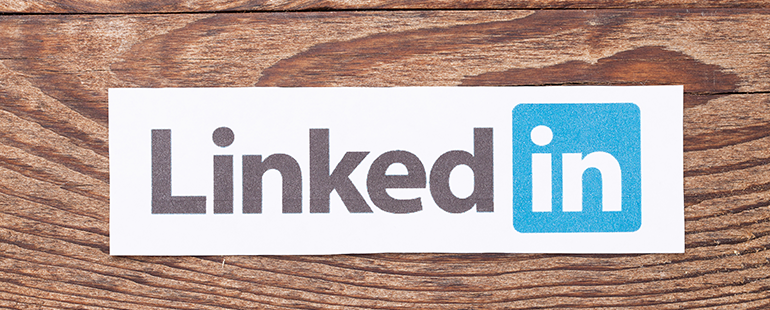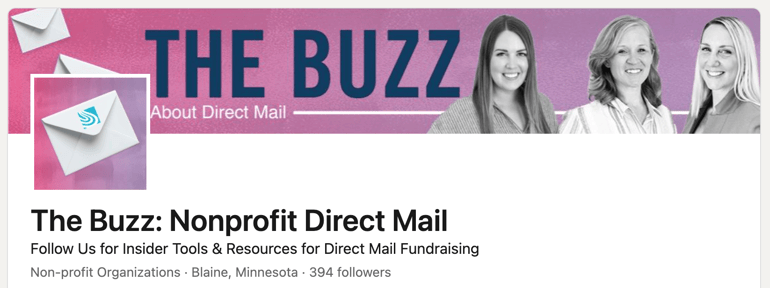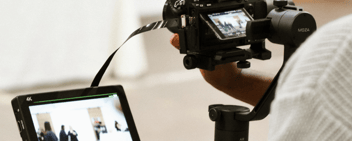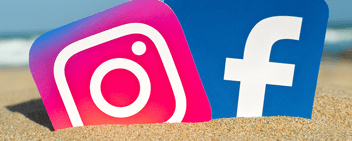Nonprofit Digital Marketing: LinkedIn & Twitter
Streamowrks Blog


We're continuing with our series on nonprofit digital marketing best practices, and this post will discuss how to excel on LinkedIn and Twitter.
LinkedIn is a social network designed for professionals seeking new employment and volunteer opportunities to connect with coworkers, influencers, donors, many nonprofit organizations use it as part of their marketing strategy to seek corporate sponsors.
Fun fact: since its launch in 2003, LinkedIn has grown to 310 million active monthly users. Of those, the average annual salary is $46,644.
With so many monthly users, new donors, job seekers and potential board members: how do you set yourself up for success to be able to reach them and raise awareness? Let's discuss this.
LinkedIn Pages
LinkedIn pages are the first step for many nonprofits, and there are several benefits to creating one for your nonprofit:
• Post regular content (such as polls, images, and videos. You can even write articles.) Many organizations use social media sites like LinkedIn to write posts that highlight their organizational mission.
• Highlight events that you're hosting or participating in as part of your marketing strategy.
• Create newsletters that followers can subscribe to, share blog post content, and attract new supporters with education about your mission.
• Invite your connections, such as volunteers and new donors, to follow your page
Pro-Tip: When creating a company page, ensure it's set up by someone regularly updating it within your organization. You can invite multiple admins to manage your page, and we recommend adding leaders in your organization (CEO, Executive Director, etc.) as admins.
You can update LinkedIn pages to match your organization's branding with banner photos and profile icons.

Things to consider when setting up your company page: take advantage of the different sections of your page: the Header, About, Leads, and Community.
Header
• Ensure your public URL is your nonprofit organizations name or an abbreviation if taken.
• You can add a button on your page to create several CTAs (Calls to Action), such as directing them to your website, a sign-up form, a contact page, or registration for an event.
About
• Include a description that sums up your nonprofit organization succinctly. You can add your website, industry, company size, company type, and other information, such as the year it was founded.
• Take advantage of listing what your nonprofit specializes in. You can list up to 20, allowing users to search for your organization (think of them as keywords). Examples include what type of services and programs you offer, the type of support you're looking for, and the community you serve.
• If you want to expand your team, you can utilize the Workplace module to list what environment you offer for current and potential employees at your nonprofit.
• The Commitments section allows you to expand on the Workplace module to provide more insights into what is vital for your nonprofit organization.
Leads
• If you want to utilize your nonprofit page to generate more leads, you can use a built-in lead gen form feature, which is a great tool for your digital marketing strategy.
Community
• You can include hashtags tied with your nonprofit or ones you utilize in your digital marketing efforts (think #GivingTuesday) and are allowed up to 3.
• If you are a part of any groups, like with other nonprofits or ones that support their mission, you can also add them to your Featured Groups section.
Social Content and Posting
When deciding what to post, we encourage you to reference what topics and content are already part of your social media and digital marketing strategy. Examples include:
• News articles
• Blog content
• Videos
• Events
• News/current events regarding your nonprofit, industry, mission, and other eligible nonprofits
Whenever possible, include photos to increase engagement, and when applicable, tag partners and corporate sponsors.
Posting 2-3 times a week is a good cadence, but even if you only post once a week, as long as you are consistent, that's what matters.
Best Practices
LinkedIn offers an exceptional educational center called LinkedIn for Nonprofits that is an excellent resource for nonprofits just starting on LinkedIn or those looking for new and creative ways to increase engagement to reach new donors, volunteers, and employees.
Encourage members of your organization to complete their profiles, and ask leadership to publish one article a month about your nonprofit.
Members of your organization, such as development officers, should be involved in at least one LinkedIn group relevant to your nonprofit and cause.

Twitter is a social network that may not be relevant to your nonprofit unless you have a larger in-house team or slew of volunteers to help monitor this platform.
Short-form content (280 characters max) can be great for campaigns like Giving Tuesday, or if you have a pledge drive and want to take advantage of a unique hashtag your contributors can follow.
However, to get genuine engagement, you'd need to tweet or retweet (share other people's content or re-send your own) 2-5 times a day, including weekends. Not every nonprofit will want to dedicate that type of time and effort to a social platform that may not be right for them.
If you're already on Twitter or plan to start one, here are some things you should know to help boost your reach:
• Include a link in your Tweets — Tweets with links get an 86% higher retweet rate
• Use emojis and hashtags — don't go overboard so that's all your message includes, but using some strategic emojis & hashtags will make your Tweet stand out
• Share news — this could be something positive about the work your organization has done, or even current events in your nonprofits space
• Use photos & videos — whenever possible rather than text to share your story
• Share graphics — such as statistics, CTA imagery, and quotes that are relevant to your organization
The purpose of social media is pretty straightforward: to be social. With that said, make sure that you're responding to and engaging with your followers:
• follow back people who follow your nonprofit (after vetting them, of course)
• read and respond to mentions and replies to your content
• reply to direct messages (ones that aren't from spam bots)
• like and share user-generated content
When setting up your account, you can upgrade to a professional version to add the "Non-Governmental & Nonprofit Organization" category to your profile. You can also sign up for Twitter Blue for $8/mo to get access to more content publishing tools and the blue checkmark.
Conclusion
Regardless of what social channel is the right choice for you and your organization, it is vital to ensure that it is as authentic to your mission & goals as possible. It should become an extension of your nonprofit organization in the digital marketing space: offering tools, education, and attract donations to be an effective part of your marketing strategy.
To stay up-to-date on digital marketing tactics for your organization, we encourage you to follow The Buzz: a LinkedIn page that focuses exclusively on nonprofit education, best practices, and tips.




